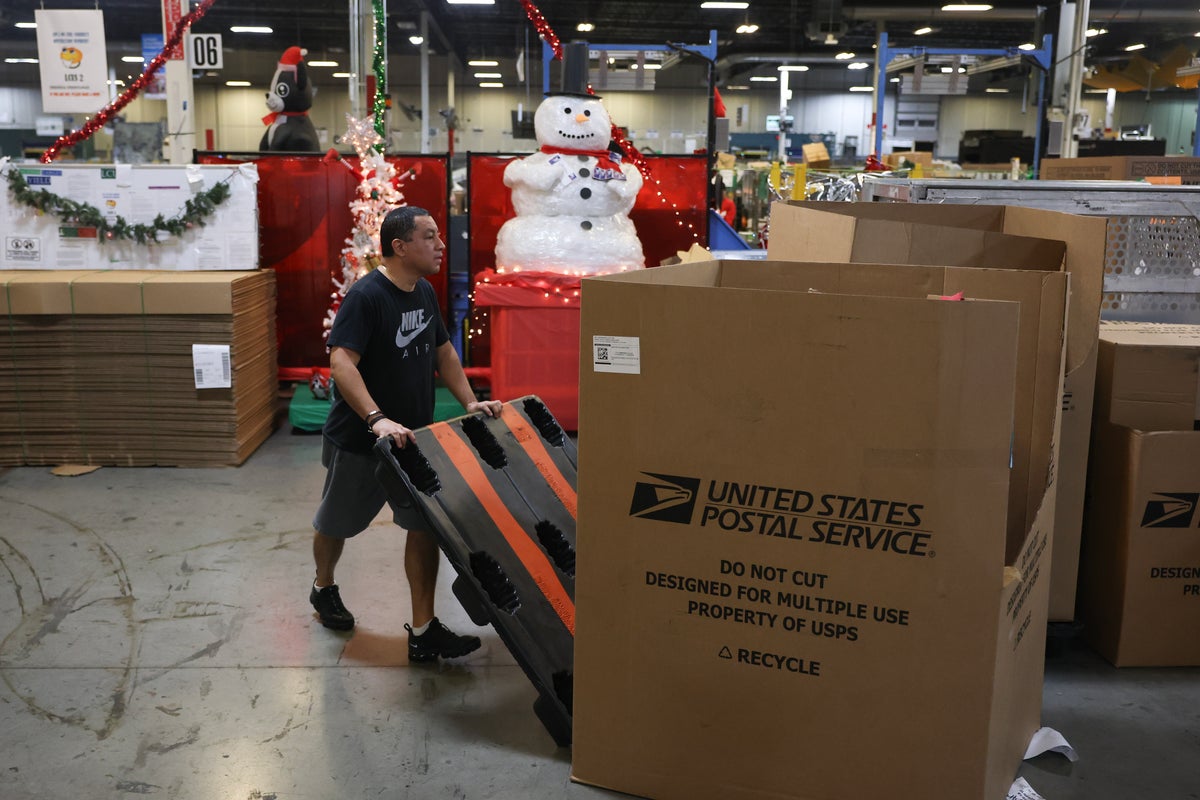Elon Musk, Mike Krieger and Jeff Skoll are just three well-known names among the tech world. They are also three of the most famous recipients of the popular H-1B visa that allows skilled workers to come to America for work.
Now, the program that is frequently utilized by Silicon Valley and countless other workforces is firmly in Donald Trump’s crosshairs after the president announced a $100,000 fee on all new applications.
First introduced in 1990, the H-1B is a work visa allowing U.S. companies to sponsor foreign employees with specialized skills to move here for three to six years. H-1Bs are a major buttress of Silicon Valley, which sponsors tens of thousands of such visas every year from India, China, and beyond. Roughly 60 percent of annual approvals are for computer-related jobs, and Big Tech CEOs such as Musk argue that these visas are “essential” to maintain America’s technological edge.
But H-1B visas are also highly controversial. Some critics say they displace American workers and are rife with fraud, while others say the U.S.’s byzantine cap and lottery system is cruel to applicants and holds back innovation.
So who are the prominent business leaders who have lived here on H-1B visas — and what have they brought the country?
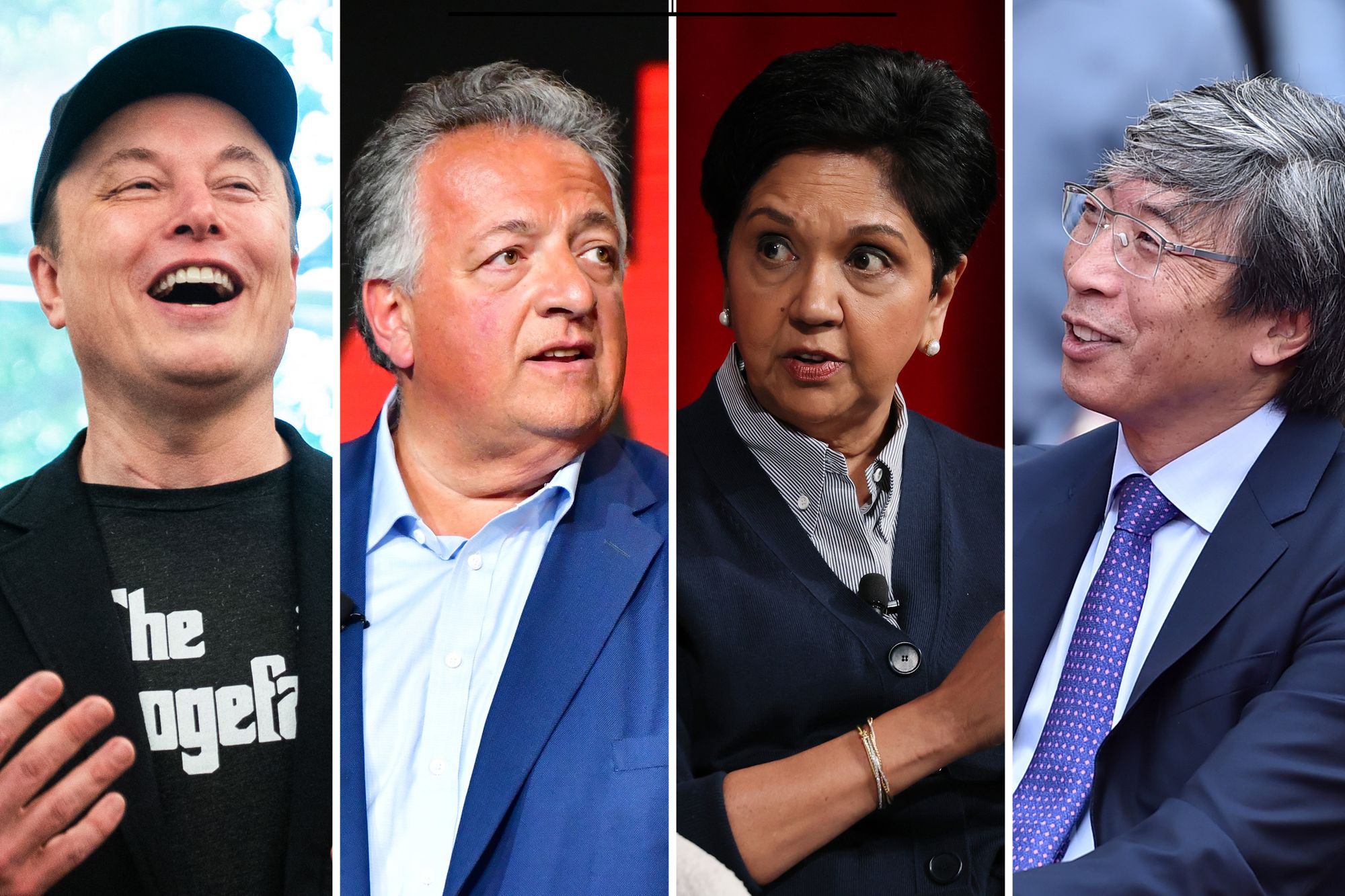
Elon Musk, CEO of Tesla and Space X
Musk, the mercurial South African mogul and onetime member of Trump’s inner circle, is probably the most well-known former H-1B holder (as well as the world’s richest person).
In 1992, Musk moved to the U.S. from Canada on a student visa, having fled conscription by South Africa’s apartheid regime three years earlier. By his own account, he then switched to an H-1B visa and became a software entrepreneur, making his name alongside arch-conservative investor Peter Thiel as part of the “PayPal Mafia.”
Musk’s immigration history is contentious, because reporting by The Washington Post indicates that he actually worked illegally while building his first software company Zip2 between 1995 and 1997. Musk has vehemently denied the allegation.

Regardless, his impact on U.S. power and prestige has been enormous. Tesla kickstarted a global revolution in electric vehicles, while SpaceX is currently the only way to ferry astronauts to and from the International Space Station and is crucial to NASA’s plans for a U.S. return to the moon.
On the other hand, his work at DOGE devastated the country’s world-leading foreign aid programs, cost the federal government an estimated $500 billion in tax revenue.
Patrick Soon-Shiong, owner of the LA Times
When Patrick Soon-Shiong became UCLA’s youngest ever professor of surgery in 1983, the H-1B visa technically didn’t exist yet. But he did benefit from its predecessor, the H-1, which served the same purpose.
Soon-Shiong was born in 1952 in South Africa, where his parents had found refuge from the Japanese occupation of China during World War II. After ten years as a superstar physician in the U.S., he made his fortune by developing new cancer and diabetes treatments.
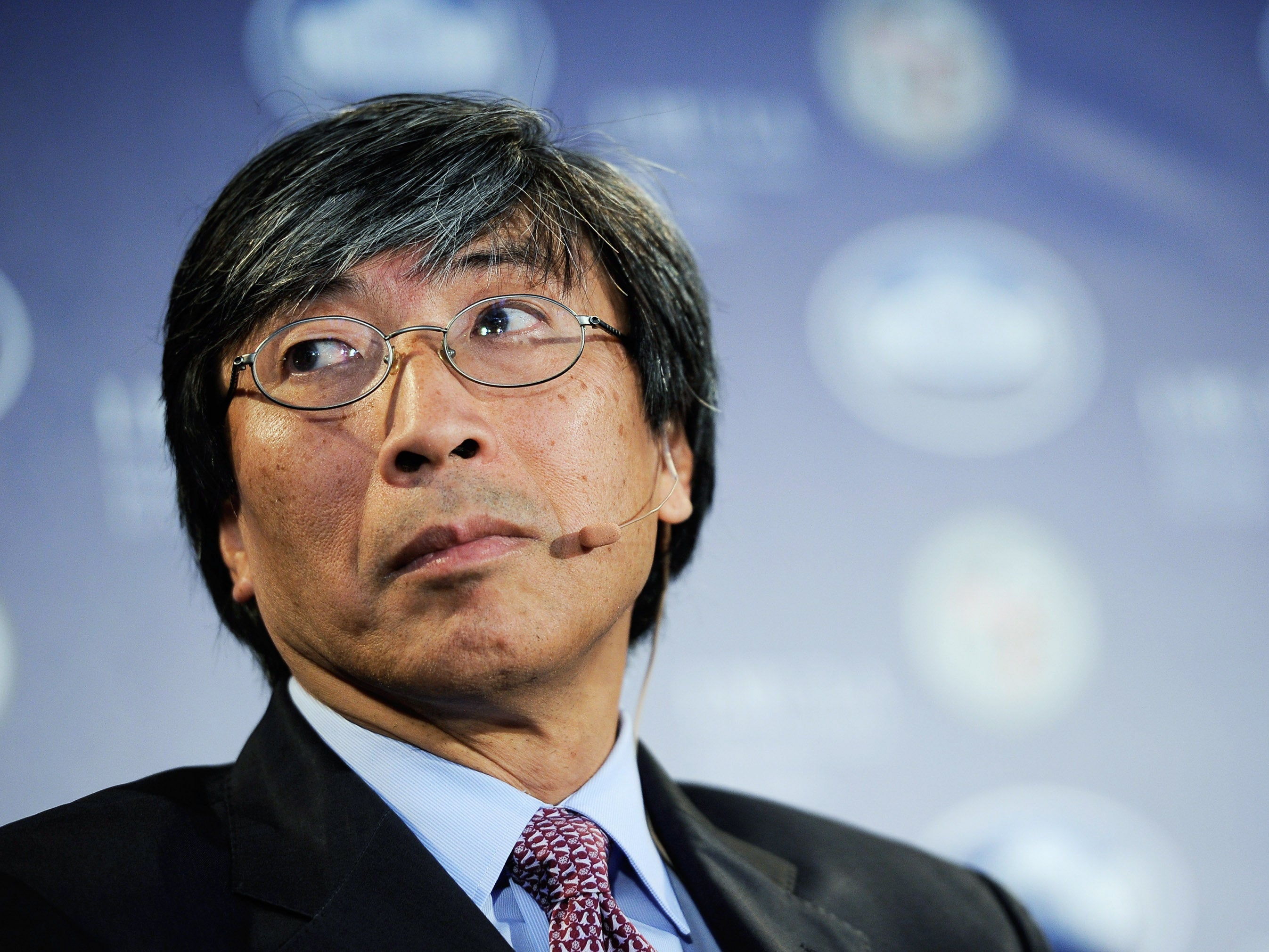
Today, he is a minority owner of the Los Angeles Lakers NBA team and (sometimes controversially) of The Los Angeles Times, with an estimated net worth of $12 billion. He has described his former H1 visa as “living proof of the American dream in action.”
Mike Krieger, co-founder of Instagram
Two years before its mammoth $1 billion acquisition by Facebook (now Meta), Instagram was almost strangled in its crib by the U.S. immigration system.
That is according to the app’s Brazilian co-founder Mike Krieger, who told Bloomberg News in 2015 that it had taken longer to transfer his H-1B visa to a new employer than to build the app itself.
After more than three months, Krieger’s paperwork was finally approved in April 2010, and today Instagram employs tens of thousands of people. It is the jewel in Meta’s crown, helping it maintain U.S. social media dominance while making an estimated $71 billion in advertising revenue. It’s also a critical component of the $250 billion global creator economy, which supports millions of jobs in the U.S.
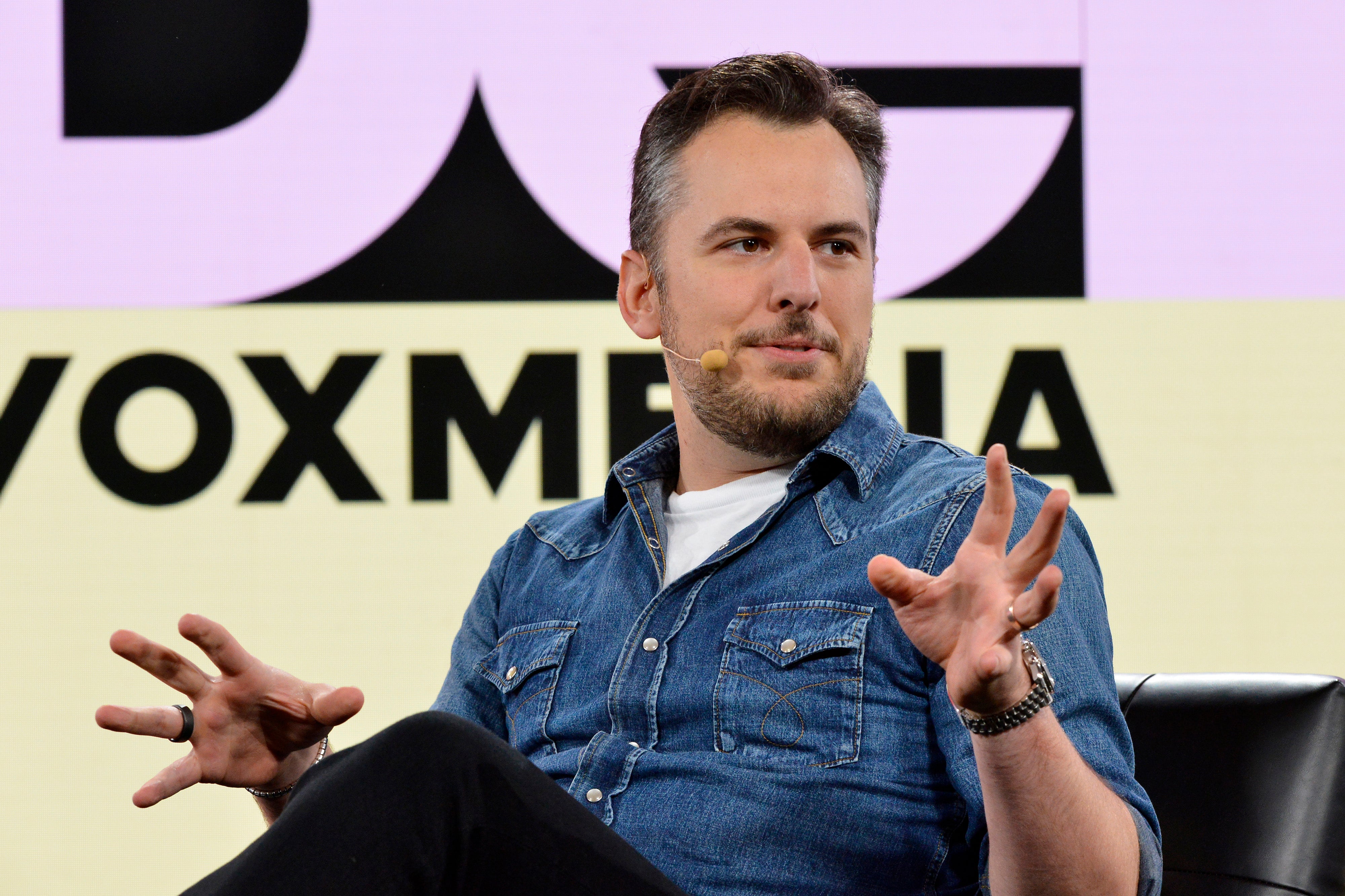
Noubar Afeyan, vaccine pioneer
Born to Armenian parents in Lebanon in 1962, biochemistry wizard Noubar Afeyan was able to stay in the U.S. after finishing his PhD thanks to an H-1B visa, according to Dartmouth University’s Tuck School of Business.
He went on to found the pioneering vaccine maker Moderna, whose Covid-19 vaccine has been administered at least 155 million times — and likely saved millions of lives, in the U.S. and abroad.
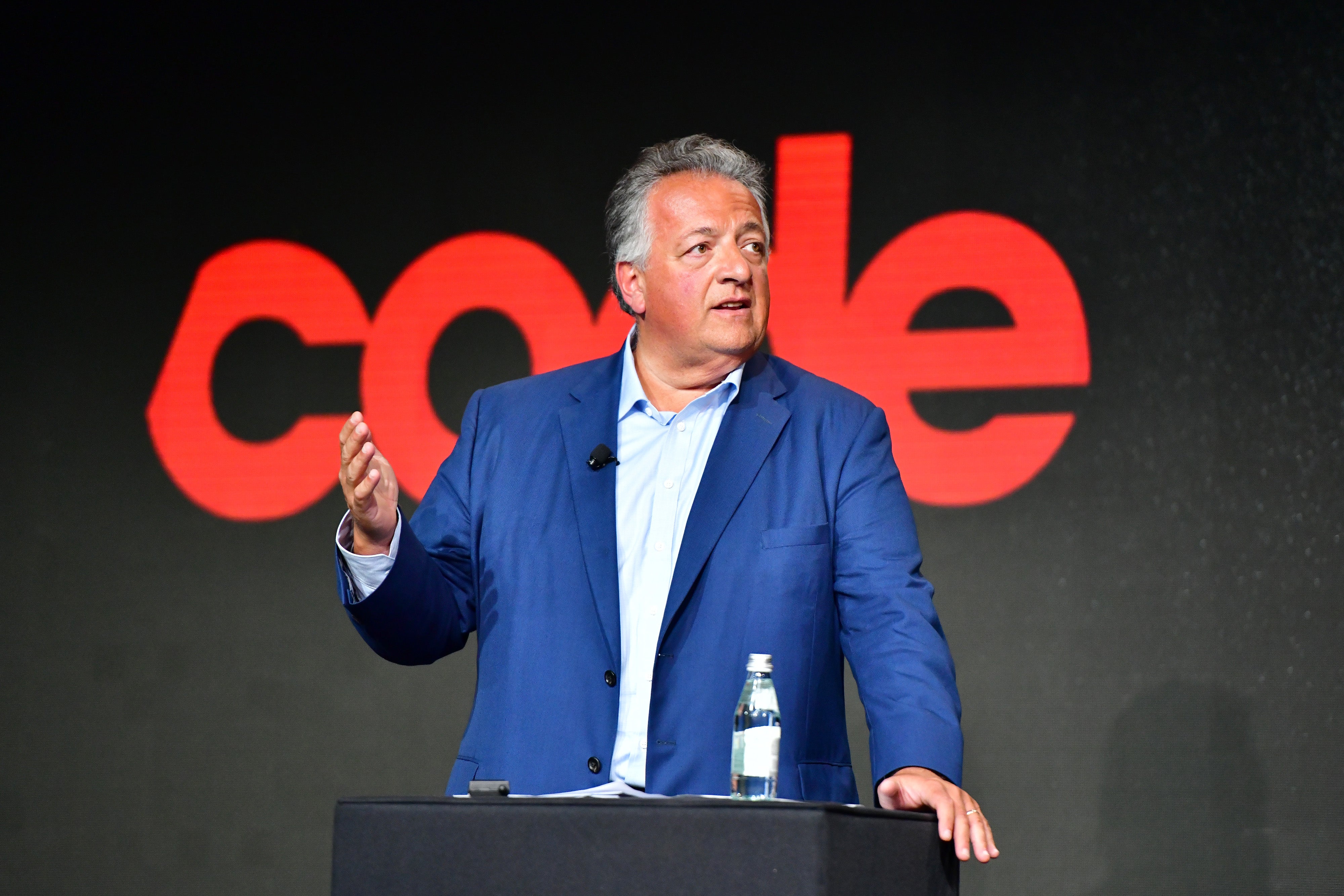
According to reports and Congressional testimony, Moderna’s Canadian co-founder Derrick Rossi was also once on an H-1B, as were many of the key people who developed its vaccine.
Albert Bourla, the French CEO of rival vaccine maker Pfizer, is also an immigrant, though it’s unknown whether he was ever on an H-1B or H-1. The same is true of Katalin Karikó, the Hungarian scientist who pioneered mRNA vaccine technology.
Jeff Skoll, co-founder of eBay
Ebay was the brainchild of French-Iranian immigrant Pierre Omidyar, whose parents had moved to the U.S. when he was a child. The company remained a one-man band until 1995, when he met Canadian engineer Jeffrey Skoll at Stanford University.
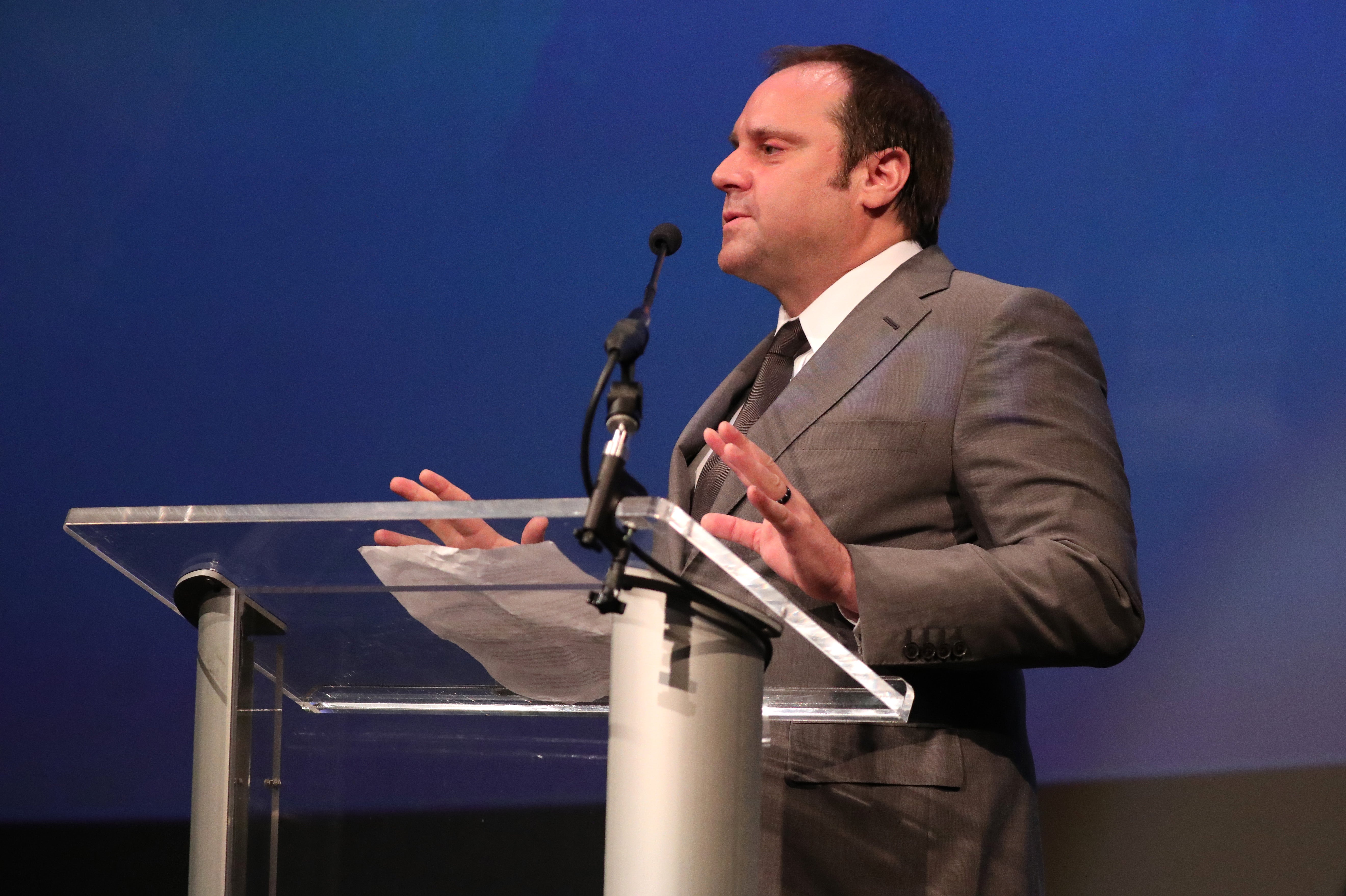
Skoll was eBay’s first president and indeed its first employee, spending some of that time on an H-1B visa.
He later founded the film company that produced Al Gore’s 2006 global warming documentary An Inconvenient Truth, as well as the prescient 2011 medical thriller Contagion — designed to raise awareness about the likelihood of a global pandemic.
Eric Yuan, CEO of Zoom
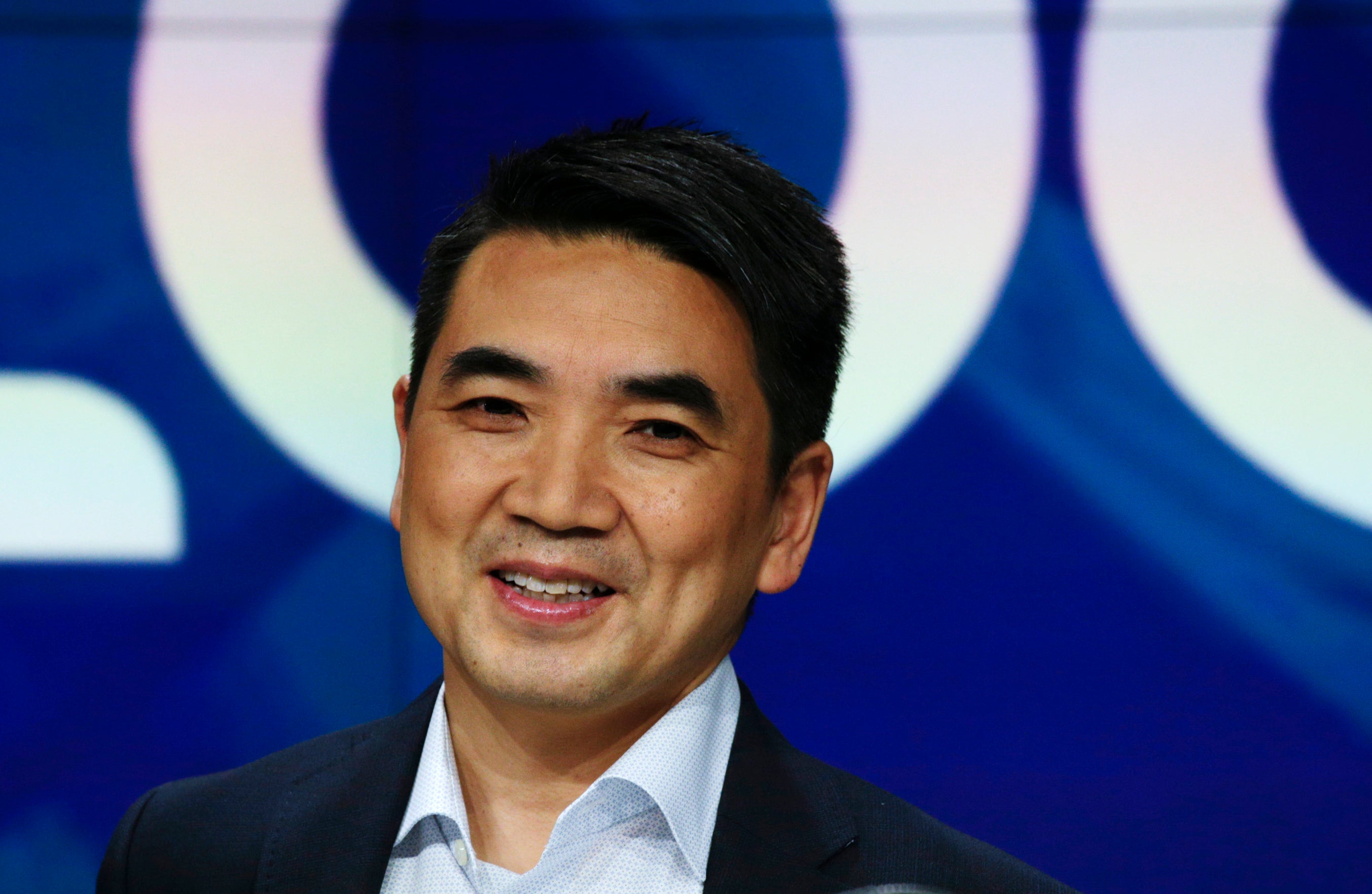
It took nine applications before Eric Yuan was accepted for an H-1B visa. He finally moved to Silicon Valley from China in 1997, knowing little English but fluent in computer code.
In 2011 he launched Zoom, now one of the world’s leading video communications companies. Its technology helped prevent the world economy from cratering even more than it would have done during the first year of the Covid-19 pandemic, as well as helping many stay somewhat sane while in lockdown.
Indra Nooyi, former CEO of PepsiCo
Born in 1995 in Madras, India, Indra Nooyi studied at Yale School of Management before earning an H-1B to work in the U.S.
By 1994 she was a senior vice president at PepsiCo, the food and beverage titan that owns not only Pepsi but Tropicana, Gatorade, Quaker Oats, Lay’s, Doritos and dozens of other brands.
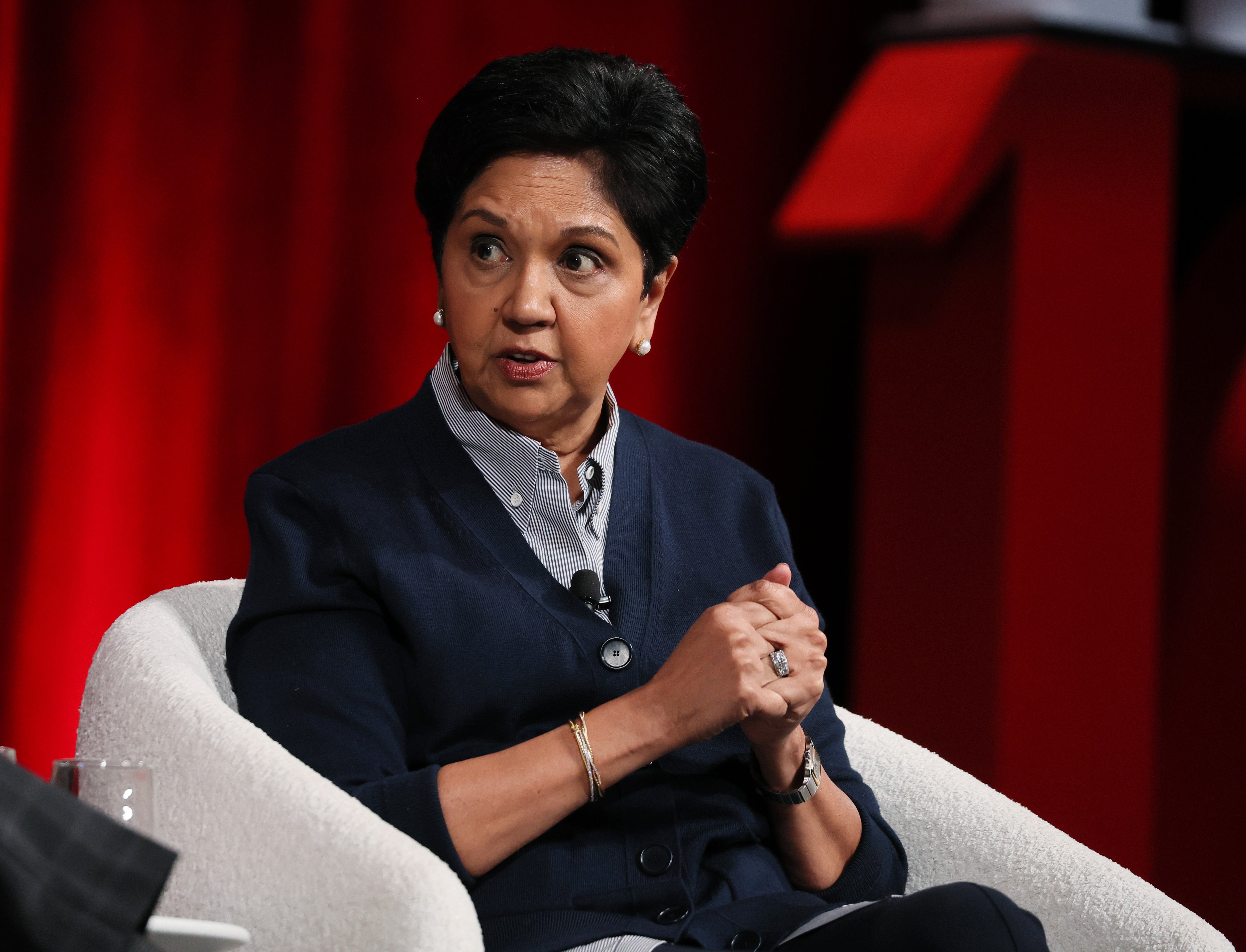
Nooyi ultimately served as CEO for 12 years between 2006 and 2018, regularly topping lists of influential women in business. Today the company employs more than 130,000 people in the U.S., although it no longer owns any ex-Soviet submarines or warships.
Satya Nadella, CEO of Microsoft
Satya Nadella’s H-1B story is somewhat unusual. He’d already earned a green card by the time he married his wife, Anu, in 1992, having come to the U.S. in 1988 from southern India to study computer science.
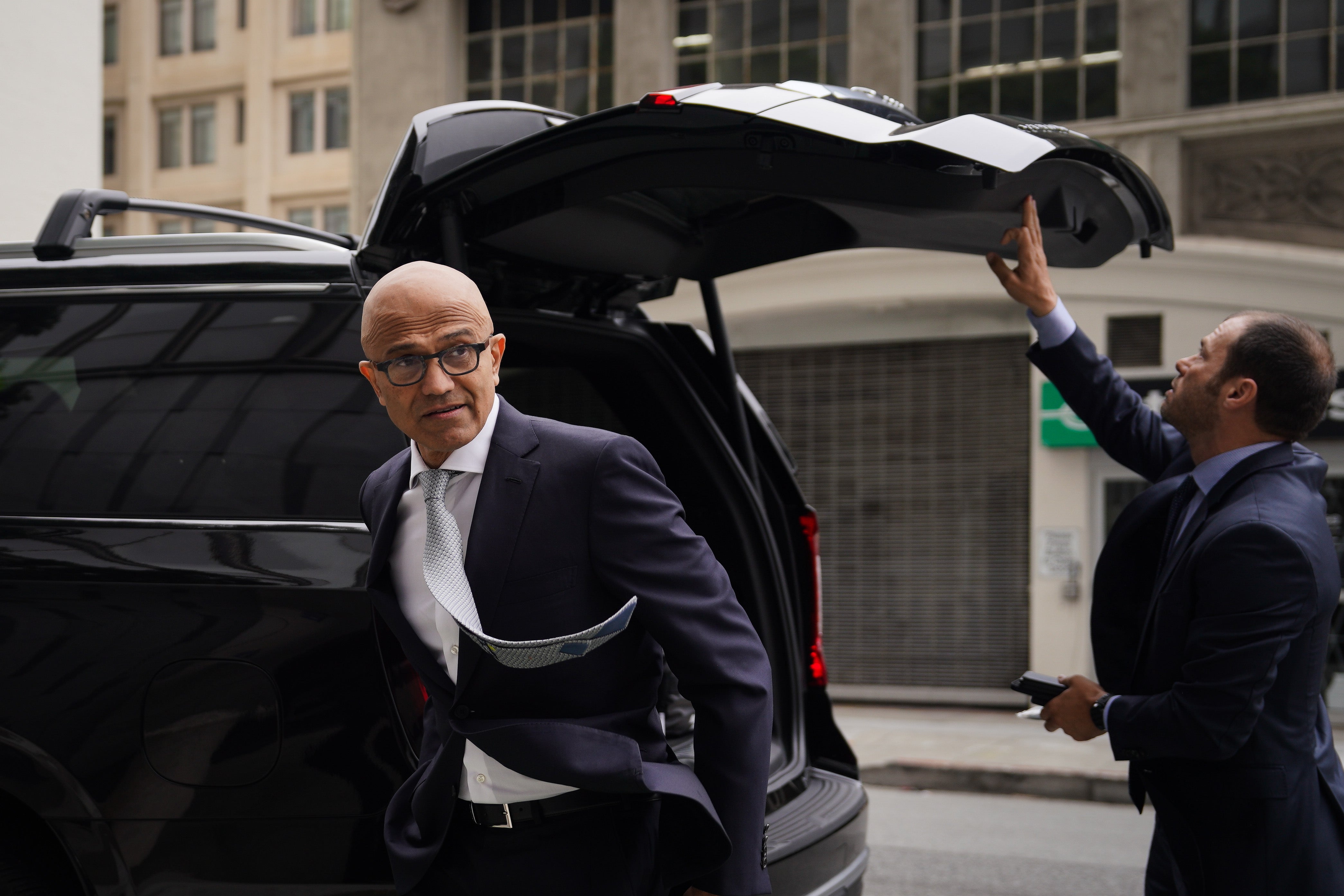
But permanent residency did not allow Anu to join him in the U.S. So Nadella’s lawyer suggested a very risky gambit: giving up his green card and applying for an H-1B, which would let him bring his wife over immediately.
The gamble worked, and today Microsoft — founded in 1975 by Americans Bill Gates and Paul Allen — employs about 120,000 people in the U.S., commanding about one-fifth to one-quarter of the roughly $400 billion-a-year cloud computing market.
